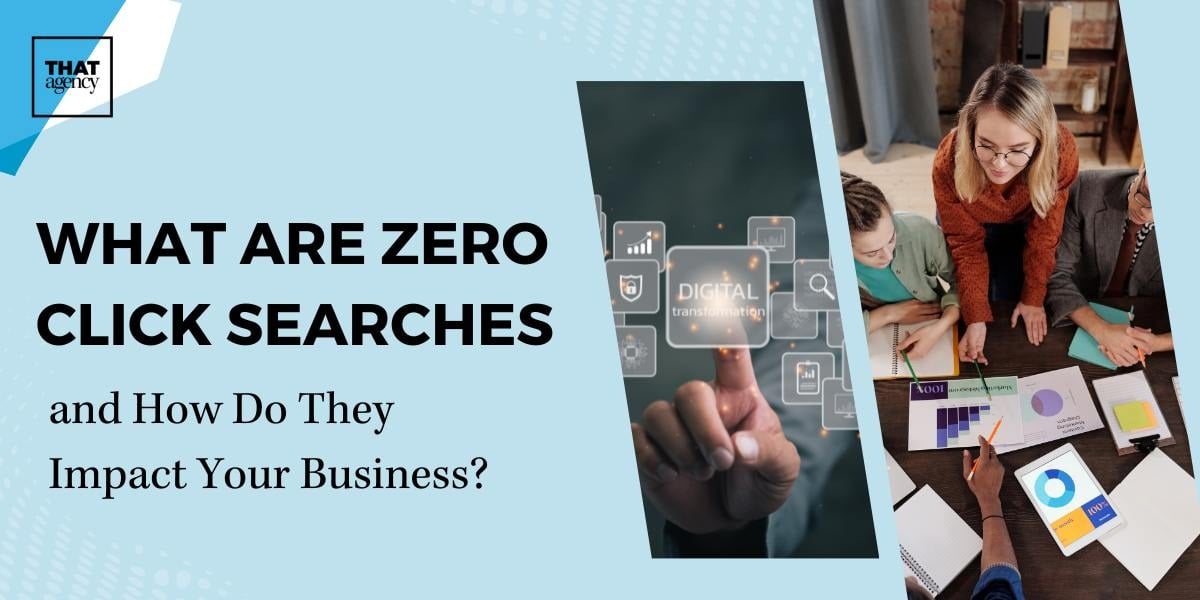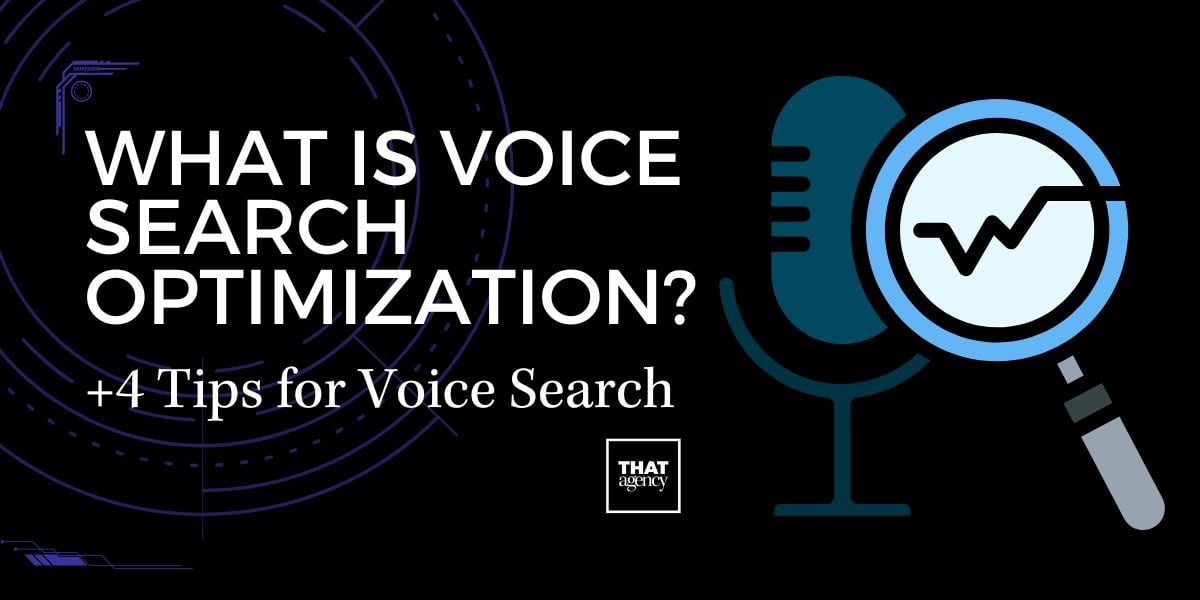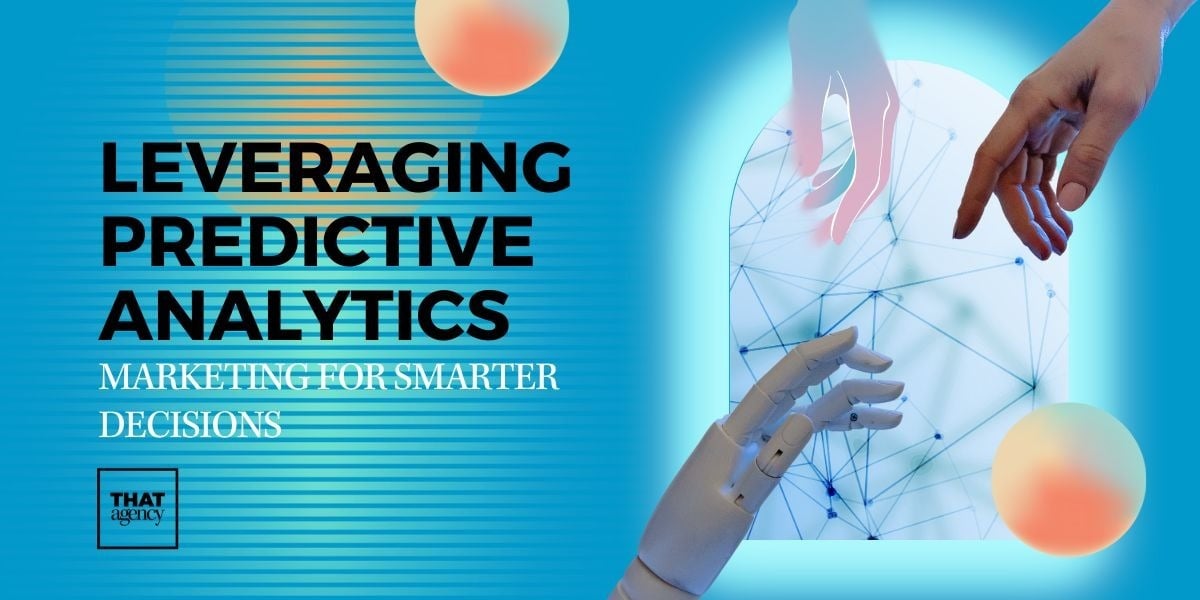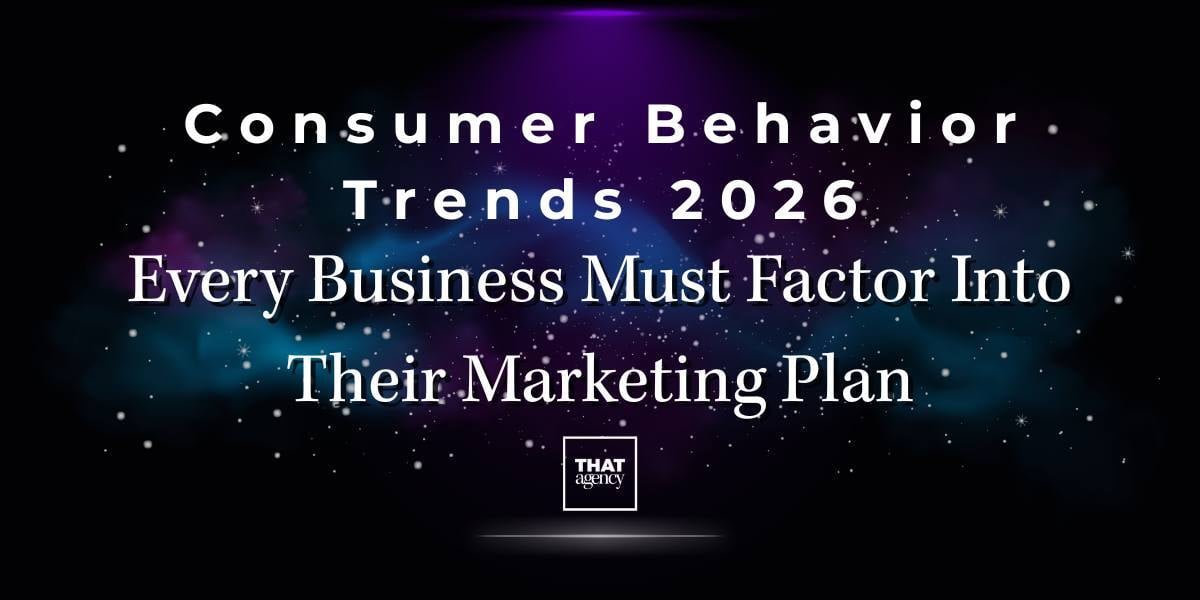There are many pitfalls when it comes to marketing high end products. Most of these have to do with antiquated concepts of advertising that no longer hold true for younger generations or that aren't effective because of advancements in technology. Marketing luxury items today demands a willingness to adapt to fresher storytelling and newer concepts of personal choice, exclusivity, and technology.
It’s no longer enough to rely on aspirational messaging or name recognition alone. The rise of digital platforms, influencer culture, and conscious consumerism has radically shifted the landscape. Today’s luxury customer expects more than prestige, they expect purpose, personalization, and authenticity. Brands that succeed are those that blend timeless elegance with modern relevance.

How to Market Luxury Products
Marketing luxury products takes more than sleek ads and shiny packaging. Today’s high-end customers, especially younger ones, expect more. They want a brand they can connect with. They want values, meaning, and a reason to choose your product over the next beautifully designed item in their feed. That’s why successful luxury marketing starts with one powerful tool: your story. The way you tell that story, and where you tell it, can make all the difference.
A Story and How It's Told
Marketing luxury items is as much about telling a story as it is about selling a product, maybe even more so. In a world where shoppers can easily compare options online, your product might not be the only one with stunning design or top-tier quality. What sets your brand apart is the feeling people get when they hear your story.
A strong brand story makes your product more than just a thing to buy. It turns it into something meaningful. Whether your focus is tradition, innovation, sustainability, or craftsmanship, your story gives customers a reason to believe in your brand, and keep coming back.
But it’s not just about what the story is. It’s about how you tell it.
Is your brand rooted in tradition?
If you’ve been around for decades (or even centuries), use that to your advantage. Talk about how your products are made using time-honored methods. Share how the brand has been passed down through generations or how it’s played a role in iconic moments. This shows that your products have lasting value, something that matters to luxury buyers.
Luxury brands like Hermès or Patek Philippe do this exceptionally well. They highlight their legacy not just by listing their history, but by weaving it into every customer experience. Their advertising often shows families passing down a watch or a handbag, creating an emotional connection between the past, present, and future.
Or are you challenging the old way of doing things?
Maybe your story is about breaking the rules. Maybe you’re the new voice that’s shaking up the industry and doing things differently. That’s a powerful story too, as long as you show how you’re doing it.
If your brand is built on innovation or bold ideas, let your audience see that in action. Share how you’ve reimagined design, redefined luxury, or created something no one else dared to. This appeals to buyers who want something fresh and forward-thinking, people who see themselves as trendsetters, not followers.
Brands like Aime Leon Dore and Rimowa have captured this perfectly. They don’t try to copy traditional luxury branding. Instead, they build modern, stylish narratives that appeal to younger audiences who care more about creativity and culture than old-school prestige.
Personal Choice Over Identity
In the past, marketing luxury products often meant selling people an identity, “Buy this, and you’ll be seen as successful, important, or stylish.” That may have worked once, but times have changed. Today’s high-end consumers, especially younger ones, are more aware of marketing tactics. They don’t want to be told who they are. Instead, they want to make their own choices and find brands that reflect the values they already hold.
So, what does that mean for how you market a luxury product?
It means shifting your message from “This is who you should be” to “This is how we fit into who you already are.” It’s not about building an identity for your audience, it’s about connecting with their lifestyle, beliefs, and personal preferences.
What are high-end consumers really looking for?
They’re not just buying a product, they’re making a statement about what matters to them. For example, a buyer might choose a luxury handbag not because it’s expensive, but because it was ethically made, aligns with their minimalist lifestyle, or represents a bold personal style. These are emotional choices, not just financial ones.
Today’s luxury buyer is guided more by meaning than by status. That’s why brands that offer personalization, sustainability, or strong cultural ties are thriving. People want to feel seen and understood, not stereotyped or boxed in.
Has the meaning of luxury changed?
Yes. Luxury used to be about exclusivity, social rank, or standing out from the crowd. While that still plays a role, especially in older generations, many younger buyers want luxury that’s inclusive rather than isolating. They want to enjoy fine craftsmanship or cutting-edge design without feeling like it separates them from others.
Think about it like this: Millennials and Gen Z are more likely to ask, “Does this fit who I am?” rather than “Will this make me look rich?”
That’s why many luxury brands are evolving. Gucci and Louis Vuitton, for instance, have partnered with streetwear designers, musicians, and underground artists. These collaborations make luxury feel more personal, more creative, and more culturally relevant, while still keeping it aspirational.
What should brands do differently?
If you’re marketing a high-end product today, you should:
- Speak to values, not just wealth. What does your product stand for? Sustainability? Artistry? Innovation? Make that part of your message.
- Celebrate individuality. Let customers see themselves in your product without feeling like they need to change who they are.
- Show how your product fits into their world. Don’t just show off a lifestyle they may not relate to, highlight how your product enhances the life they already have.
- Invite, don’t exclude. Today’s luxury is about access and belonging just as much as it’s about rarity. Create ways for people to feel connected to your brand, through storytelling, experiences, or community.
Modern luxury is no longer just about showing off. It’s about showing up, for your customers, their values, and their personal sense of style. For many people, a luxury item isn’t proof that they have money, it’s proof that they made a thoughtful, intentional choice. That’s a powerful shift, and it should shape everything from your branding to your campaigns.
When you market with this mindset, you're not selling a dream from the outside in. You're meeting people where they are, and helping them express that beautifully.
Exclusivity Is Good... to a Point
Exclusivity has always played a major role in luxury marketing, and for good reason. People are naturally drawn to things that feel rare, limited, or hard to get. When a product isn’t available to everyone, it signals prestige and uniqueness, which is exactly what many luxury buyers are looking for.
But here’s the truth: exclusivity is a double-edged sword. While it can make your brand feel more desirable, it can also make it harder to grow if you're not careful. If people never hear about your brand, or if they feel like they aren’t welcome, you lose visibility. And visibility is what helps luxury brands stay relevant and continue building loyalty over time.
So, how do you find the right balance?
It’s about being selective without being invisible. You want your product to feel special, but your brand should still feel approachable and exciting. That means showing up in the right places, on social media, in partnerships, at events, so that your audience can connect with your story, even if they’re not ready to buy right away.
For example, limited product releases, private sales, or members-only perks can all be great ways to build exclusivity. But they should be balanced with content and outreach that keeps your brand visible and relatable. Think curated Instagram campaigns, behind-the-scenes videos, or collaborations with influencers who can share your message in an authentic way.
Is exclusivity always worth the trade-off?
Not always. Sometimes, brands are offered exclusive contracts, limited distribution deals, or one-of-a-kind marketing partnerships. These can feel like big wins, and sometimes they are. But they also come with a cost: less reach.
That doesn’t mean you should avoid exclusivity. It means you need to be strategic. Ask yourself:
- Does this partnership help build long-term brand value?
- Will this limit who can engage with our brand in a meaningful way?
- How does this support our story and overall business goals?
If exclusivity helps elevate your reputation without cutting you off from your audience, it might be the right move. If it creates too many barriers, you might lose more than you gain.
Can luxury be both rare and accessible?
Yes, and the best luxury brands prove this every day. They create products that are rare but make the experience of the brand more open and engaging. This could look like:
- Personalized customer service, even for first-time buyers
- Hosting in-store or virtual events that feel exclusive but are easy to attend
- Offering custom packaging, handwritten notes, or one-on-one consultations
These small touches make customers feel like they’re part of something special, even if they’re not buying the most expensive item on the shelf.
Exclusivity works, but only when it’s used with purpose. If you keep everything behind closed doors, you may miss your chance to build a larger, more connected community around your brand. On the other hand, if you give away too much, you risk losing the sense of prestige that makes luxury so appealing in the first place.
The goal isn’t to be everywhere. It’s to be seen by the right people, in the right way, at the right time, while giving them just enough access to feel invited into the story.
So yes, make your product rare. But make your brand unforgettable.
Technology = Communication
When people think about technology in business, they often focus on the behind-the-scenes stuff, like improving production systems, streamlining accounting, or managing team workflows. And yes, those things matter. But in the world of luxury marketing, technology plays another equally important role: it helps tell your brand’s story.
Think of it this way: every digital tool you use is a way to communicate. Whether it’s your website, social media platforms, email campaigns, or customer service chatbots, technology shapes the way people discover, engage with, and remember your brand. That’s why using it strategically is key.
Why does your digital presence matter so much?
In today’s world, most luxury buyers will experience your brand online long before they ever walk into a store or make a purchase. Your digital presence is often your first impression, and in luxury, first impressions count.
From the layout of your website to the tone of your Instagram captions, everything you post sends a message. So ask yourself: Does your online presence reflect the high standards of your brand? Is it visually refined? Easy to navigate? Emotionally engaging?
If not, it might be time to take a closer look at the tools and platforms you're using, and how you’re using them.
What tools can help luxury brands communicate better?
There are a lot of tech tools out there, but here are a few that make a big difference in how you reach and connect with your audience:
- CRM systems (Customer Relationship Management): These help you track and understand your customers’ behavior. You can segment audiences by purchase history, interests, or even preferred communication styles, so your messages feel more personal and relevant.
- Email marketing automation: Automated tools like Mailchimp or Klaviyo allow you to send customized messages at the right time, whether that’s a welcome series, a thank-you note, or a sneak peek at a new collection.
- Social media scheduling and analytics tools: Platforms like Later, Buffer, or Hootsuite can help you plan your content calendar and track what’s working. This saves time while making your strategy more effective.
- Live chat and AI bots: These tools offer instant support, giving your visitors a luxury-level service experience, even if it’s 2 a.m.
When used well, these tools don't just improve efficiency, they improve the way your brand speaks to people.
Do you need to be active on every social media platform?
Not at all. In fact, trying to be everywhere at once often spreads your message too thin. A smarter strategy is to focus on one platform you can commit to and do really well. Maybe that’s Instagram, where you can highlight stunning visuals. Or maybe it’s TikTok, where short-form storytelling can showcase your creativity.
Once you’ve built confidence and a strong following on that platform, it becomes easier to expand to others, because you already understand what content your audience responds to and what tone fits your brand best.
Many luxury brands have mastered this. For example, top designers use Instagram to share not just product shots, but also behind-the-scenes clips, design inspiration, and lifestyle content. This kind of storytelling makes the brand feel more personal and authentic while still staying polished.
How should you use content to tell your story?
The answer is simple: consistently, intentionally, and across multiple touchpoints. You should be creating regular content that shows the craftsmanship, emotion, and purpose behind your products. That might mean hiring a professional content creator, or building an in-house media team. Whatever the method, the goal is to keep your brand’s story alive and visible.
Here are a few ideas:
- Short videos that show how your products are made
- Interviews with designers or brand founders
- Lifestyle shoots that reflect your customer’s aspirations
- Testimonials or user-generated content from happy customers
Whenever someone shares a glowing review or posts a photo with your product, that’s gold. Repost it. Boost it. Celebrate it. Word-of-mouth is still one of the most powerful marketing tools out there, and with the help of technology, you can amplify it to reach thousands.
Technology isn’t just a back-office tool, it’s your brand’s loudspeaker. Every platform you use and every piece of content you share shapes the way people see and feel about your business. In luxury marketing, where trust and emotion matter more than ever, technology helps you build relationships that last.
So don’t just use tech to run your business. Use it to share your vision, connect with your audience, and bring your brand to life, one meaningful touchpoint at a time.
Marketing high end products can be complex - and challenging. Ask the experts at THAT Agency about successfully launching you into the rarified world of marketing luxury items.





.jpg)